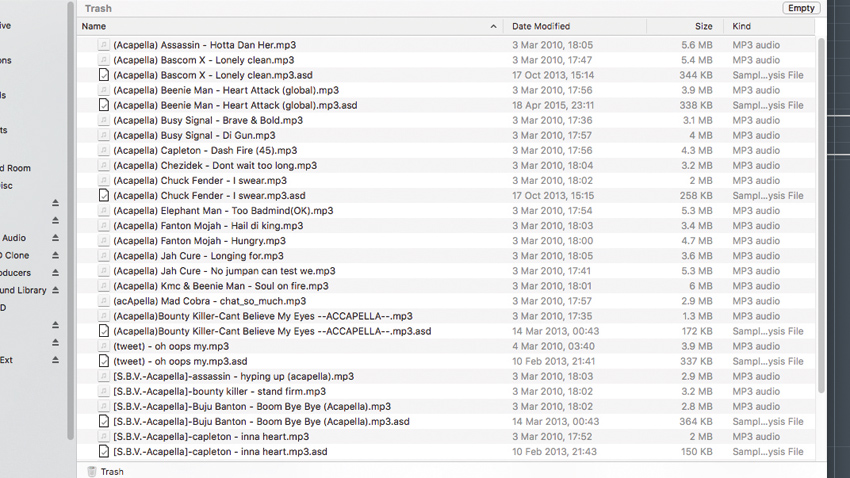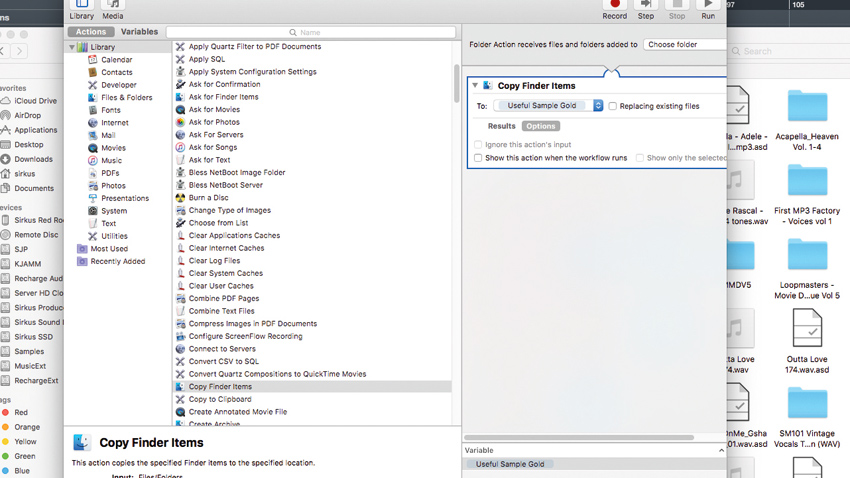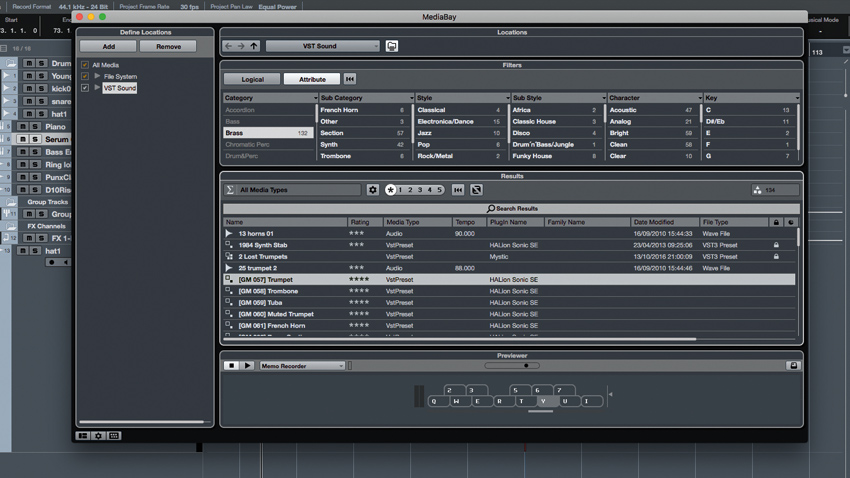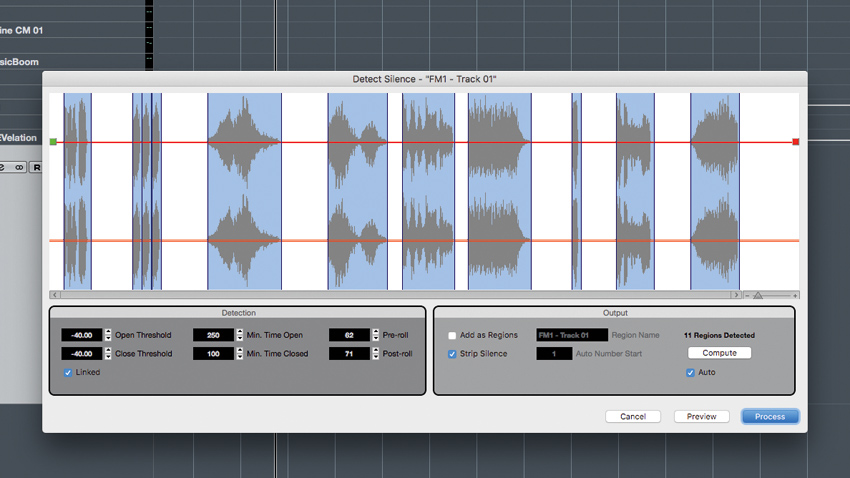6 ways to make better use of samples
Samples, samples everywhere… You've probably got zillions of them, so let's get them sorted, shall we?

An extensive and effective sample library is a key component in any modern producer’s sonic arsenal, but are you really getting the most out of yours?
Keeping your samples organised and relevant can be a challenge in itself - never mind deploying them productively in your tracks - so here are six tips to help you do just that. For more on optimising your studio and workflow, pick up the January 2018 edition of Computer Music.

Step 1: Make your sample library leaner and meaner by binning all those sounds you never draw for, such as that bumper folder of 3500 12-bit cowbells, or that tired collection of acapellas in 16kbps MP3 format. If you’re not sure about deleting such samples, however, there’s no harm in backing them up on an external drive, just in case.

Step 2: A great tip for making the most of your sample library is to organise it into a clear and concise filing system. A core set of folder categories (drums, bass, pads, sample packs, etc), which you then fill with relevant subfolders, is a great starting point. Once you’ve organised your sounds, make sure you stick to the system religiously.

Step 3: An ideal way of quickly squirrelling useful samples away in a safe place is to use Automator scripts in Mac OS or Send To shortcuts in Windows to create a handy right-click menu option to instantly copy any files to a specific folder for later use. Great for when you find a usable sound but don’t need it there and then.

Step 4: If you’re struggling to find a certain sound in your library, consider joining a sample subscription service such as Noiiz, Splice, or installing Loopmasters’ free Loopcloud application. For a monthly fee in the case of the first two, you can browse their extensive collections for that killer loop you’ve been hunting down, while Loopcloud offers a native plugin that allows you to dig for sounds on Loopmasters’ store directly in your DAW.

Step 5: Most DAWs now have sample auditioning features, enabling you to search for sounds by genre, key and various other parameters. This not only works with the included content, but can be used with your own samples, so catalogue them as you use them and they’ll pop up when you’re searching the library.
Want all the hottest music and gear news, reviews, deals, features and more, direct to your inbox? Sign up here.

Step 6: If you’ve snagged an old-school sample CD or scratch record, you’ll likely find that each track comprises lots of short samples. Instead of cutting them up manually, try using your DAW’s Remove Silence function to quickly chop them. This removes the silence between samples in one click, saving both time and your sanity.
Computer Music magazine is the world’s best selling publication dedicated solely to making great music with your Mac or PC computer. Each issue it brings its lucky readers the best in cutting-edge tutorials, need-to-know, expert software reviews and even all the tools you actually need to make great music today, courtesy of our legendary CM Plugin Suite.
